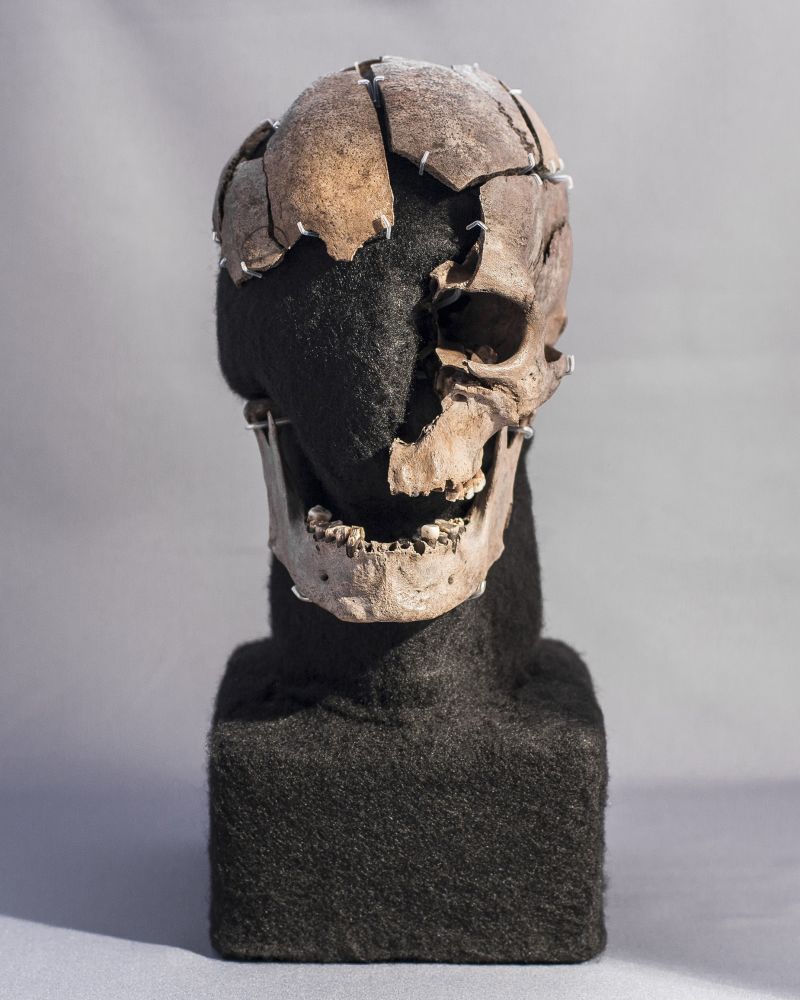MI weekly selection #547

Stone Age travel story emerges from DNA of “Vittrup Man”
Advanced analysis of DNA, teeth and bones of the bog-preserved body of Denmark’s “Vittrup Man” has revealed the individual’s history as well as possible movements and connections between Stone Age cultures. Vittrup Man’s genetics suggest an origin on the Scandinavian Peninsula, where he likely grew up eating seals, fish and whales in a hunter-gatherer society before traveling to Denmark by age 20, eating sheep and goat like a farmer, and meeting a violent death, possibly as part of a religious sacrifice, in a peat bog between 3300 BCE and 3100 BCE.
Full Story: CNN
Taste of tea depends on roots’ microbial community
Microbes that boost the production of the amino acid theanine in tea plant roots result in tastier and more relaxing drinks. Researchers mixed a microbial medley called SynCom and found it increased theanine levels, especially in low-nitrogen conditions.
Full Story: Popular Science
Argentina cave yields oldest known rock art in Americas
Radiocarbon dating has revealed rock art from around 8,200 years ago as the oldest cave paintings discovered in the Americas. Groups of hunter-gatherers in what is now the Patagonia region of Argentina probably used the 895 designs on the cave’s walls and ceiling to preserve cultural knowledge.
Full Story: PhysOrg
Enzyme could enable biodegradation of siloxane
An engineered cytochrome P450 enzyme breaks silicon-carbon bonds in siloxane, the first enzyme to do so, say researchers. The development is an initial step toward the ability to biodegrade the ingredient, which is common in textiles, medical equipment and many consumer products. “It is important to understand which synthetic compounds can be biodegraded to guide responsible use of the chemicals that enable modern life,” says Nicholas Sarai, first author of the study in Science.
Full Story: Chemistry World
Origin of Seattle fault
North American crust tore away from the continent about 55 million years ago after a collision with volcanic islands, eventually creating today’s fault near Seattle, according to researchers, who mapped the composition of rocks under western Washington and compared results with seismic data and rock samples.
Full Story: Live Science